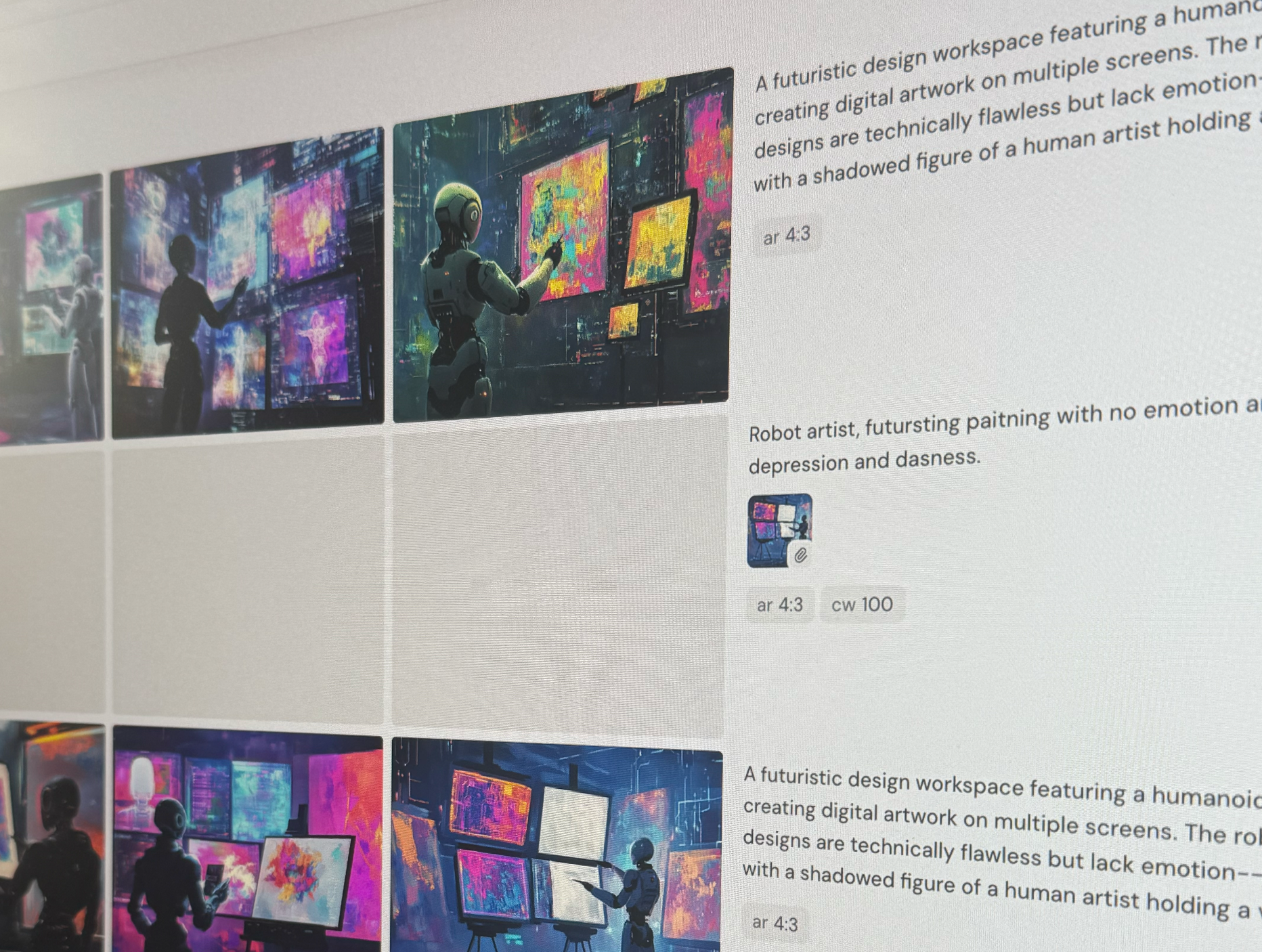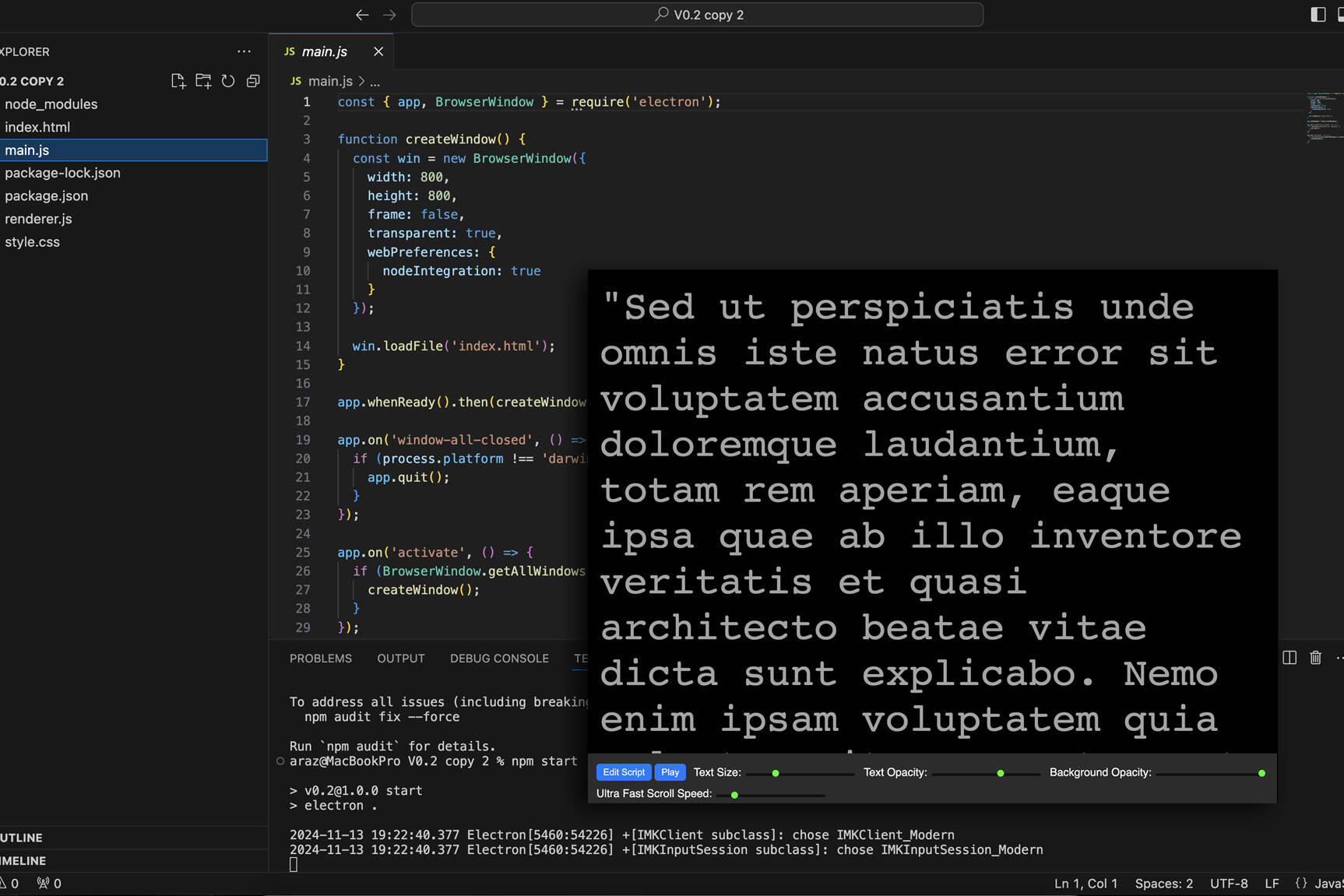AI in Creativity: A Powerful Tool, But No Substitute for Human Emotion
As someone who has spent over two decades immersed in the creative industry—working across broadcast, advertising, SaaS, print, and more—I’ve seen the tides of technology shape and reshape the way we work. The latest wave? AI.
Like many creatives, I’ve embraced AI. I’ve used it to speed up workflows, generate visuals, code animations, and even experiment with web design. It’s fast, efficient, and undeniably powerful. But here’s the hard truth: AI can’t replace us.
Creativity Is More Than Execution
AI excels at execution. It can analyze data, churn out designs, and mimic styles with stunning accuracy. The images and videos I’ve generated using AI tools are technically flawless. Yet, there’s always something missing—an intangible quality that only humans bring to the table: emotion.
Emotion isn’t just a nice-to-have; it’s the very essence of what makes design resonate. A perfectly generated image might catch your eye, but it’s the imperfection, the human intuition, and the messy process of creation that makes something stick.
Take a recent experiment I ran with AI-generated visuals. The results? Impressive but sterile. They lacked the depth and nuance that comes from lived experiences and human connection. This isn’t a flaw in the technology—it’s simply not what AI is built for.
Why Companies Still Need Human Expertise
The Role of AI in the Creative Process
Don’t get me wrong—AI isn’t the enemy. It’s a powerful ally that can amplify what we do. In my workflows, I use AI to handle repetitive tasks, generate new ideas, and even code faster. It frees me to focus on what truly matters: crafting stories, refining details, and making sure the end product resonates.
But here’s the catch: AI is a tool, not a leader. It doesn’t make decisions, understand nuance, or challenge assumptions. It doesn’t have vision.
This is where experienced creatives come in. We don’t just execute; we strategize. We don’t just design; we tell stories. And while AI can assist, the ultimate direction, emotion, and impact come from us.

As the conversation around AI continues, I’ve noticed a trend: some companies think they can replace external experts or creative leaders with AI-driven solutions. But here’s the reality—AI doesn’t replace experience.
If anything, the rise of AI makes human expertise even more valuable. Companies that want to elevate their creative departments need people who can bridge the gap between technology and artistry. They need leaders who understand how to use AI as a tool, not a crutch, and who can inject strategy, emotion, and innovation into every project.
The Future of Creativity
AI is here to stay, and that’s a good thing. It will continue to evolve, pushing us to adapt and innovate. But the foundation of creativity—human intuition, emotion, and vision—will remain irreplaceable.
For now, AI can assist. It can enhance. But it will never replace the human touch that makes creativity truly resonate.
Related Posts
February 6, 2025
Whispers of Forgotten Time
Fully AI generated Video — An old man drives through an eerie 1890s road, where…
November 14, 2024
Code Visualization Ep01
After searching for simple teleprompter apps and finding nothing but…
February 2, 2020
Building a Free Teleprompter with AI
A minimal, clean, and practical solution with just the features you need -…

